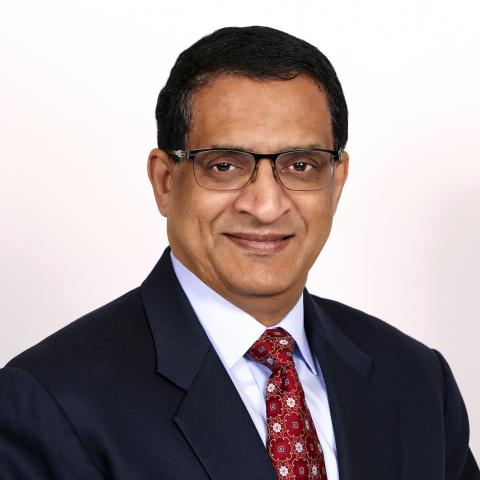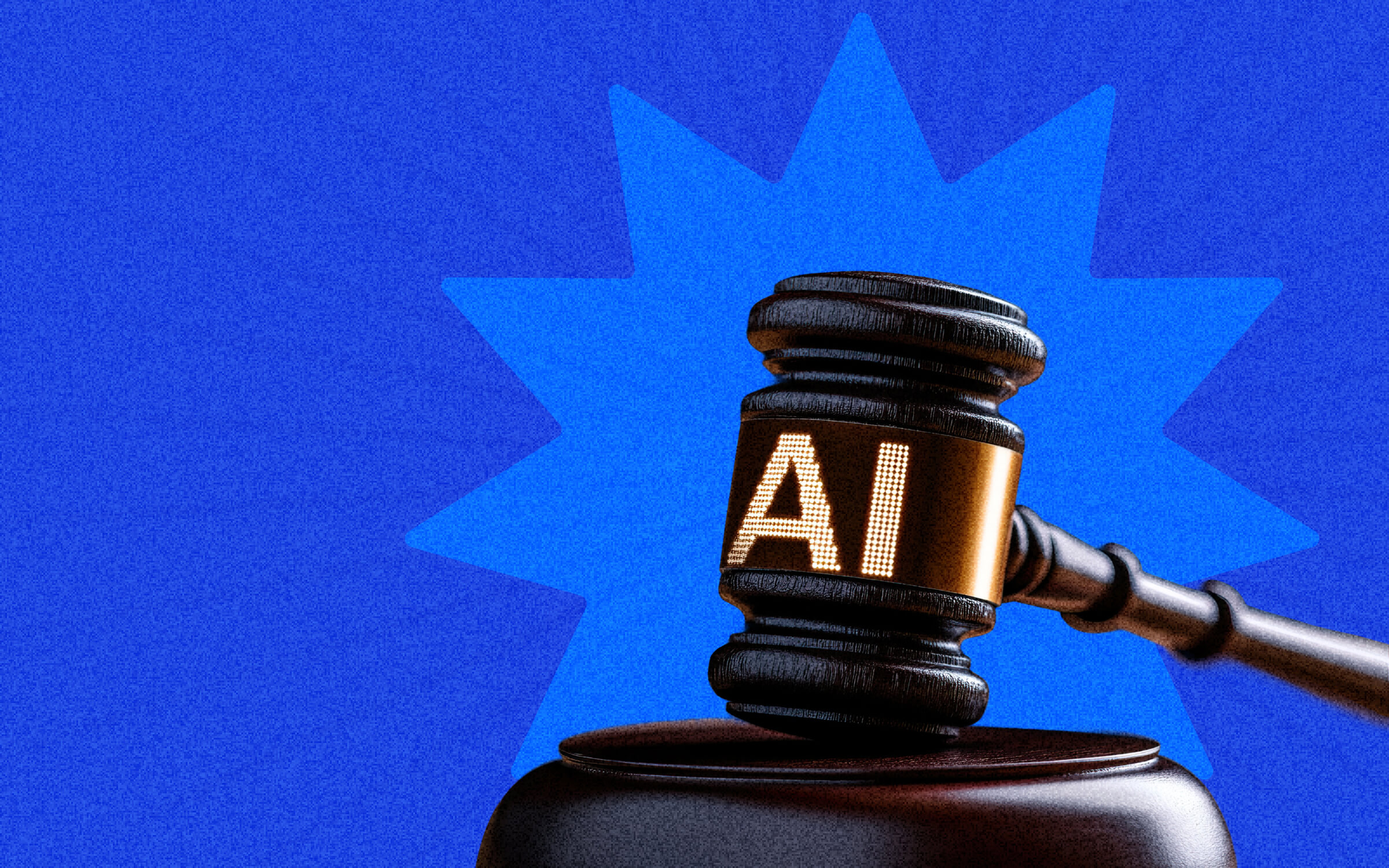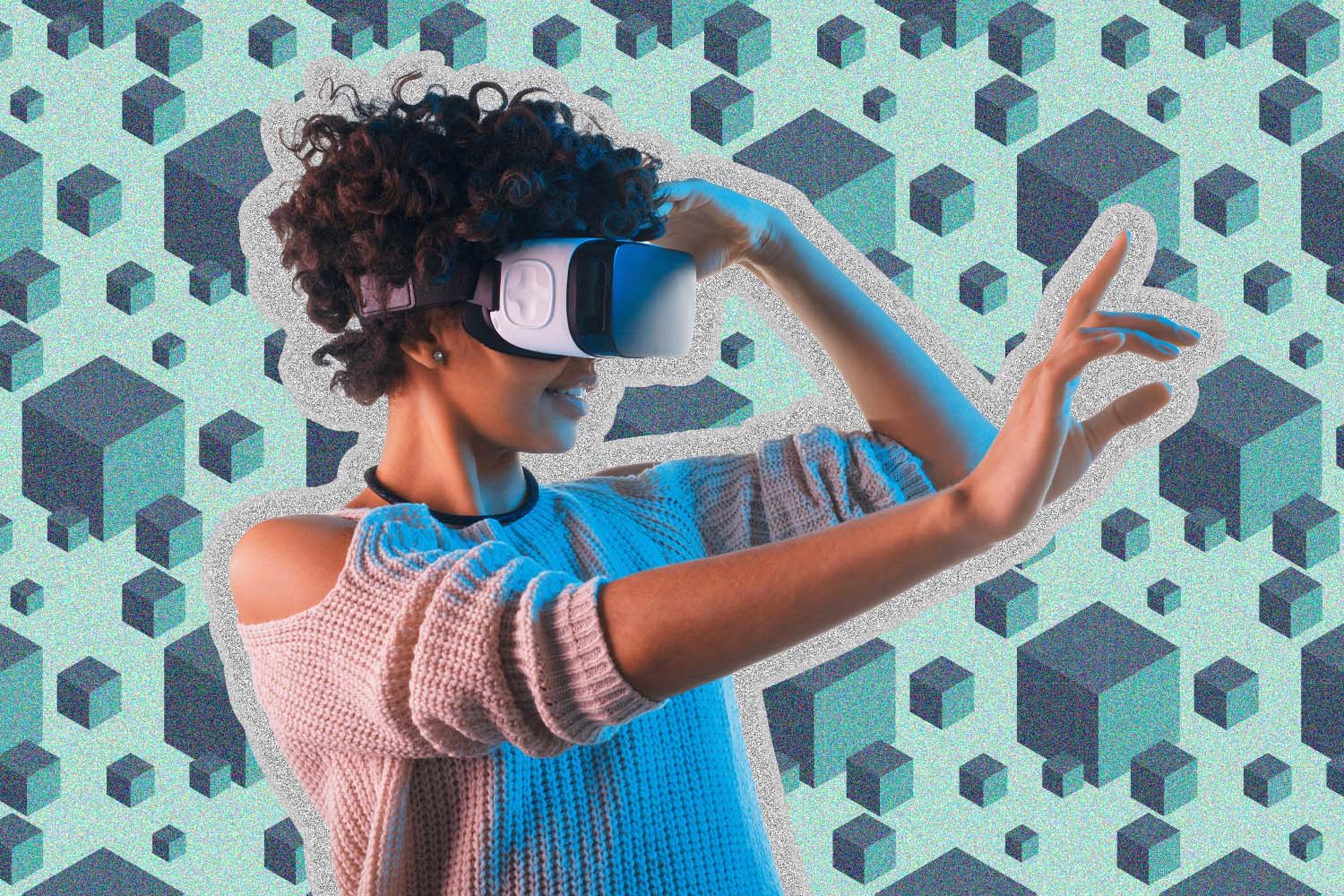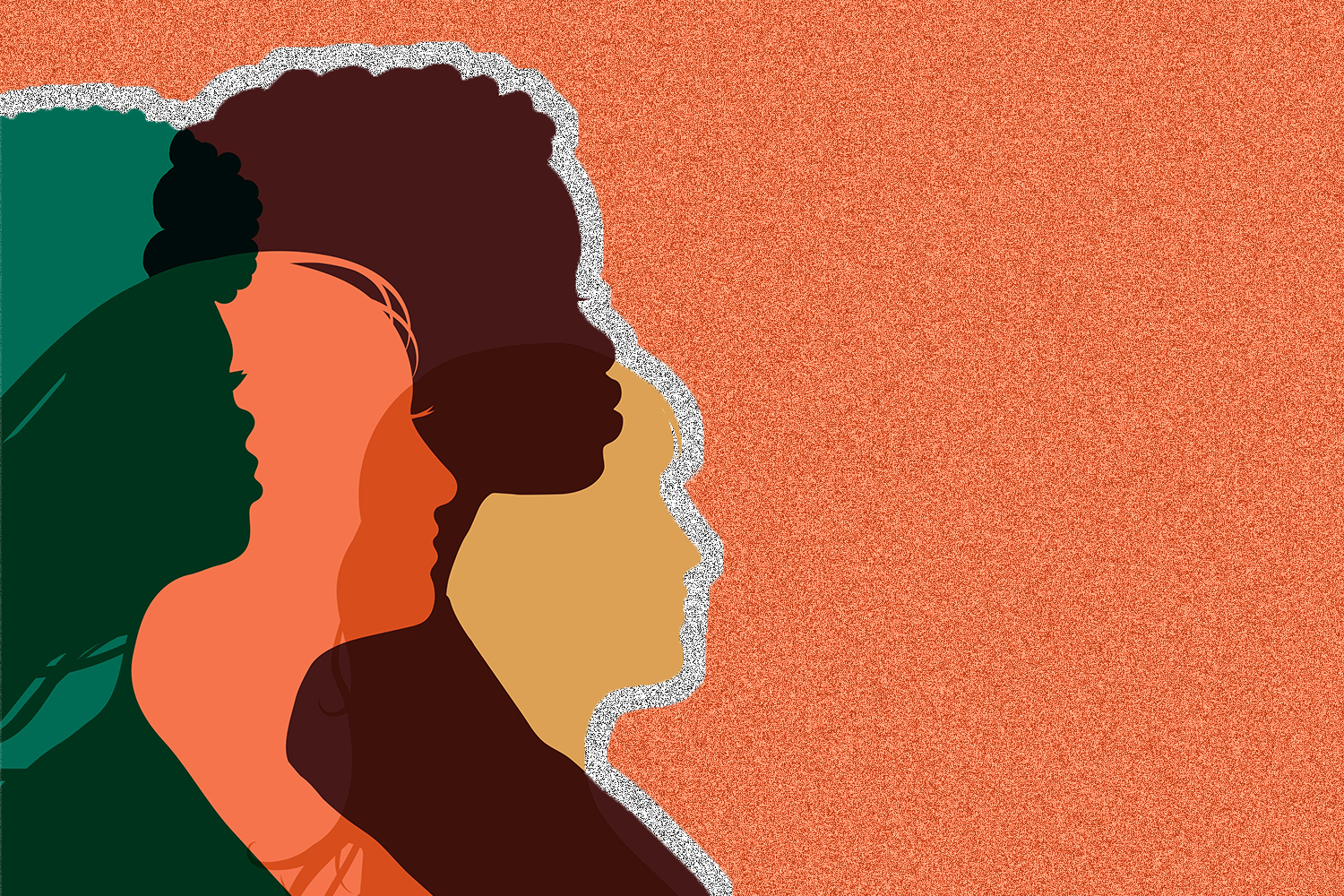As a chief learning officer, you know how important it is to commit to continuous learning if your goal is to stay abreast of the latest topics, trends, and tools affecting the workforce. A LinkedIn report found that 77% of L&D leaders think that their jobs have become multifaceted and they now must factor in talent management, talent acquisition, and employee engagement. This could be a driver behind why many leaders feel it necessary to expand their expertise.
Raghu Krishnamoorthy, director of University of Pennsylvania’s Chief Learning Officer Executive Doctoral Program, knows how critical continual learning is firsthand. After serving in a myriad of HR and executive roles at General Electric (GE) over the course of 25-plus years, he retired only to enroll in UPenn’s CLO program at the age of 62. A year after graduating, he now leads the future generation of chief learning officers — several of whom have been recognized as top learning leaders in the world.
Senior Executive L&D spoke with Krishnamoorthy about his career in L&D and the impact of the UPenn CLO program he leads.
Senior Executive: You served as a leader at GE for several years before transitioning to education. What are the biggest differences in being an L&D leader at a global organization versus an educational institution?
Raghu Krishnamoorthy: In the business world, premium is given to how you solve a problem, and sometimes your entire mindset is solving something fast to get it done. But there are problems in the world that require a deeper understanding. Most commercial organizations may not prepare you adequately for that. Example being, in a typical commercial organization, if you have a DEI issue, you’re pointed to the DEI manager and they will take care of it, as opposed to you recognizing that the problem is a lot deeper than just appointing a manager. Appreciating and understanding what that looks like from a different lens provides you with an angle that you would not get in a commercial organization. A lot of questions I had to answer at GE were, ‘How do I solve this problem? How do I administer a budget? How do I handle a large organization? How do I negotiate with the stakeholders? How do I manage our company vision?’
The biggest part of going through this program is figuring out how to use evidence-based thinking and how to go into an issue with empathy and compassion and be able to understand that the issue is not superficial. Here, you get to think through the human dimension, the intricacies, the shades of gray that humans bring to the world, and figure out how to elevate them. I’m still learning from that point of view at the age of 64.
Senior Executive: How did you learn about the University of Pennsylvania’s Chief Learning Officer program?
Raghu Krishnamoorthy: I spent a total of 38 years in the corporate world. I was the head of HR for GE and the chief learning officer. I had the privilege of working there for a long time and in different business geographies, including Asia and London.
For a long time, the University of Pennsylvania’s Chief Learning Officer class did a field visit to GE’s campus. I had the opportunity to speak to them a few times. [The class] visited to learn how a chief learning officer crafts strategies, negotiates with the CEOs and the C-suite to further their learning agenda, and stays relevant to the needs and changes of their workforce and the world. They were looking for the competencies that influence leadership and create future-ready talent. From there, I told myself that if I ever had the opportunity or the privilege of doing a doctoral program, [UPenn’s CLO program] was the one I would do.
After I retired from GE in 2019, I decided to enroll in the CLO program, and I actually graduated just last year. Shortly thereafter, my predecessor was ready to retire, and they set out to find someone suitable to continue running the program. This isn’t a program where you say, ‘hey, is anybody interested in joining us?’ There is a very targeted audience, and the construction of the program must meet that target. Given that I have been a chief learning officer, a student and alum of the program, and I was teaching at Columbia University and other forums, they asked if I would be interested. I threw in my bid and got selected as the program director. I play two roles: the administrative role in terms of admission and managing students and faculty, and I’m also a teacher in the program.
“I think people walk away with the fact that you don’t come here for the credentials, you come here for the responsibility of elevating human potential. They leave asking, how do I make the world better?”
Senior Executive: Let’s discuss the program details. How long has this program been around? How much does it cost to attend, and who is the target audience?
Raghu Krishnamoorthy: The program has been around since 2006 and consists of individuals who are already in executive-level positions. The average tuition falls in the range of $90,000 per year, though many students are sponsored by their organizations. We have a gamut of learners. There are people from health care, technology, the military, education, and commercial organizations. Our youngest student is 32 and our oldest is 68. We also boast 50% gender diversity, and two-thirds of our class is non-white. (Editor Note: This data was collected prior to the Supreme Court ruling.)
We don’t track this in admissions any more, given the recent [Supreme Court] ruling, but in composition of students, faculty, and topics we deal with. [To assess employee diversity], L&D leaders should look at diversity, equity, inclusion, and belonging (DEIB) as a value, not an initiative. When you look at it as a value, you design the program with D&I being the central focus. [That way], the program is inclusive, everyone feels psychologically safe, and the program models DEIB in every aspect of what it does.
We are starting to see a little bit of a shift, though. We are welcoming more tech entrepreneurs into the program and more students from around the world. We have students from Haiti, Indonesia, Saudi Arabia, and the United Arab Emirates. The kind of student profile that makes the cut is anyone who is willing to take on the occupational responsibility of elevating human potential within their organizations.
Senior Executive: How is the program structured?
Raghu Krishnamoorthy: There are five course blocks — leadership, technology, methodology, learning, and business — and three courses per block. Blocks are spread out over 15 months. Each takes three months to complete, and you only focus on one block at a time. It’s not like a regular master’s or graduate program where you take different courses simultaneously. You spend time devoted to a particular theme so that you can immerse yourself in one subject at a time. Keep in mind, students are already working professionals. Coursework for the year is given upfront. You know exactly what classes you will have and when.
Senior Executive: What are some ways that students learn during blocks?
Raghu Krishnamoorthy: Students learn both in-person and virtually. We also have hands-on learning experiences. For instance, during the technology block back in June, we went on a mandatory, week-long trip to San Francisco. We had access to many resources such as Stanford University, Google, and many tech entrepreneurs came to talk about what is changing in the world of technology… We had various panel discussions, field visits, and we asked people to just go out and get the vibe of San Francisco, tech-wise. Our students went out and interviewed folks on the street. During the trip, the tech world was going through a very clear shift, and we wanted to ask, ‘what does it mean to be in that space right now?’ Rather than doing things on paper, we wanted them to experience it, understand what’s happening, and realize the fact that there is a very different world out there.
One thing that we did was split the group into four teams and said, rather than having someone come in to teach you, here is a topic on technology for you to learn about and teach the rest of the class. You are the learning professional so collect all the information you can. One group had to learn about virtual reality (VR) and another about machine learning. They spent the next month doing a project on their specific topics. Each group was given a coach. If your project was on VR, we got a leader in the VR space to coach you. In fact, one of our alumni was a coach. Me and other block directors grade the projects using a rubric on the quality of insights offered, and the quality and depth of the work done. We look to see growth in understanding and competency in the subject matter.
In October when we were in the leadership block, we went to the Holocaust Museum. For the learning block, we’re going to a Broadway play. These are adults, not kids. They learn not necessarily by listening to somebody pontificate but by the diversity of experiences that makes sense for them.
Senior Executive: How are you measuring the program’s effectiveness?
Raghu Krishnamoorthy: We have three measures to gauge our program’s effectiveness. Measure one is career acceleration, or someone’s promotions. Are we seeing them go from assistant vice president to vice president, etc.? The second measure is your enhancement to your brand’s reputation. That includes your identity as a pioneer, not just your association with an organization, but your own trajectory as an individual. The third measure is the involvement of the alumni as faculty, coaches, etc. Our alumni support is extensive. They come back to teach in the program, coach, act as dissertation committee members, and more. Those are the measures that we’re very proud of.
Looking for more insights from top learning and development leaders? Read these exclusive interviews by Senior Executive L&D.







